This garden was designed and planted by Mien Ruys-I do not know the year. Her life-1904-1999. She was a formidably talented landscape architect and garden designer in the Netherlands. Her father ran a well known nursery specializing in perennials. Her extensive knowledge of horticulture is obvious in her work. Though she is not well known outside of the Netherlands, her work greatly influenced the work of Piet Oudolf-a name perhaps better known in gardening circles. This circle of grass which is part of a garden she made at home in her 20’s became very much a part of my design vocabulary. Not literally-emotionally. This photograph came from the website of Noel Kingsbury listed below-as well as this comment. (she provided) “a gentle dose of Bauhaus-derived modernism”. What a great way to put it. To read more, go to http://noels-garden.blogspot.com/2011/01/for-those-of-you-who-dont-read-groei.html
A circle is a very stable, and visually powerful shape. There is a clearly defined space which is enclosed. There is all the rest which is excluded.
The bottom of this spherical topiary form is a circle. That circle focuses the view, in much the same way as a lens. I deliberately placed the circle off center to these massive lead pots. That circle is where my eye goes first-never mind those big pots.
The garden at Sissinghurst is legendary, for many reasons. The giant yew hedges enclose a circular lawn in one portion of the garden. That circle is the center of attention in this photograph-a place for the eye to rest. I would guess a visitor to this garden would find visual refuge here, after viewing the other parts of the garden. I have not been there, but I imagine that the experience of standing in that circular garden is extraordinary.
Even though I have never been, I feel certain of one thing. I might pose and plant a landscape just like this in every detail, but I am sure it would never feel the same as being here. To read more, and see more, go to www.thlandscaping.blogspot.com.
Nature created this circular composition in the bottom of one of our vase shaped steel pots. There is a certain melancholy to this natural work. Dead leaves, holly berries, a broken rubber band that must have held some twigs, and some pussy willow buds that bloomed in our warm fall recall the end of the gardening season. The circular bottom of the pot provides a form to this natural debris. The circle contains the dialogue.
This landscape design is based on circular shapes, portions of circular shapes, and spherical plants and sculpture. The landscape is viewed at the ground level, thus the changes of grade. It is also viewed from hotel rooms which entirely encircle this interior courtyard garden.
This assemblage of one kind of natural materials into the form of a flower makes the overall shape the dominant visual issue.
pot of sedum on the gravel
sundial face
lighted circle
full moon, January 9
![Mien1[1].jpg](https://deborahsilver.com/wp-content/uploads/2012/01/Mien11-475x180.jpg)
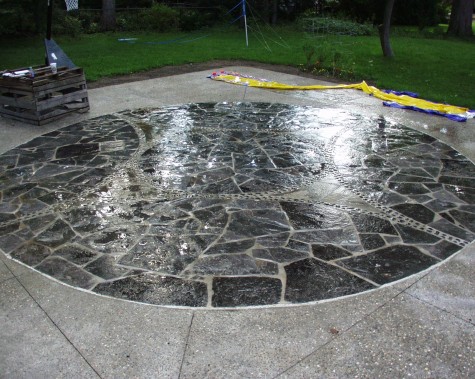
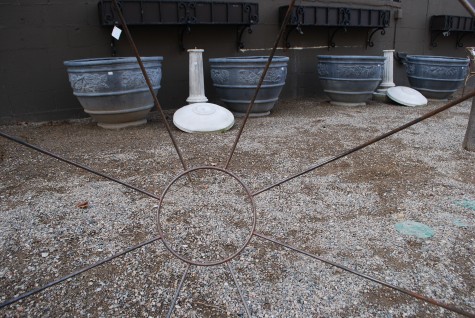
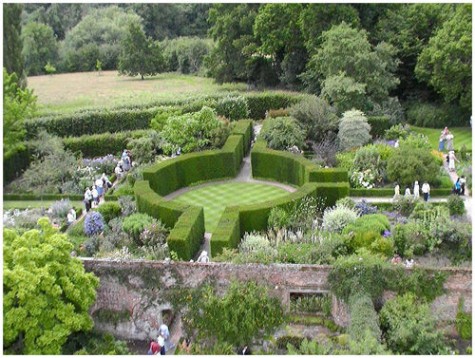
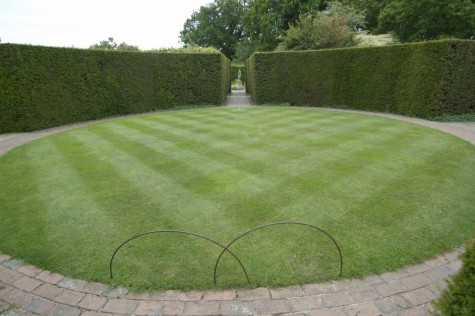
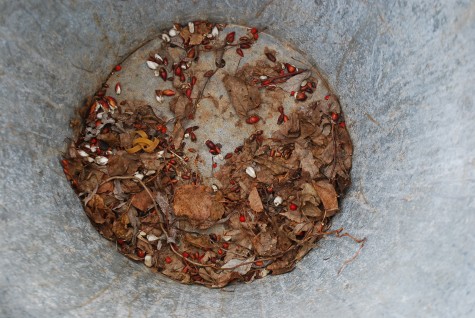

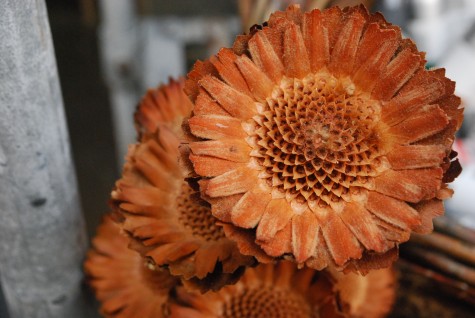
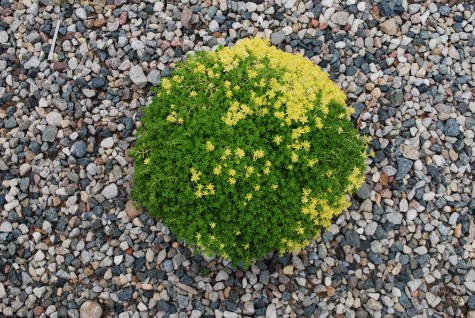
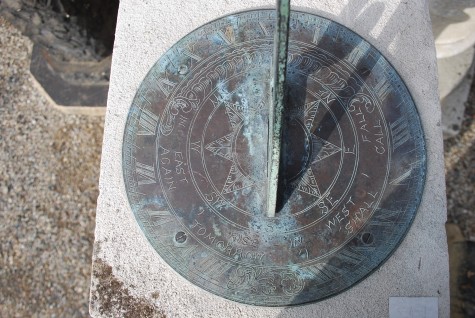
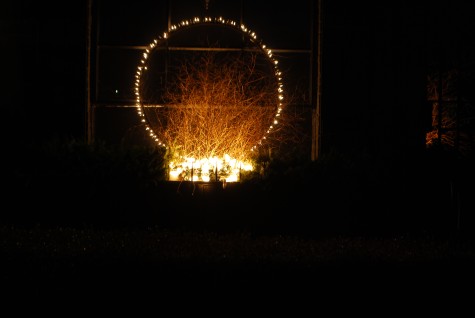
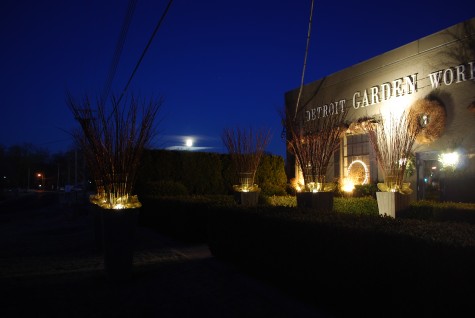
The land artists in the southwest of our country in the 20th century were influenced by the archaeology of the American Indians who originally inhabited that land, The circle and the spiral were sacred symbols reinterpreted by the artists of our time in many works of art The Spiral Jetty I believe,in Utah is one of the most famous.The circle remains a strong symbol of completion,serenity in our inner psyches.